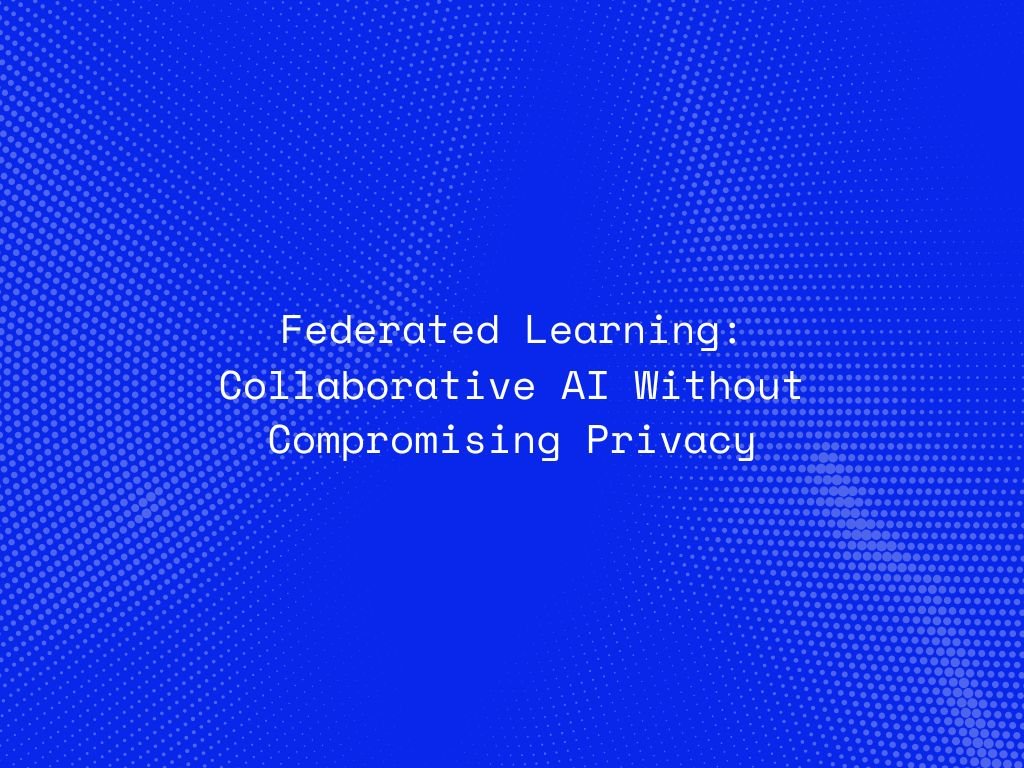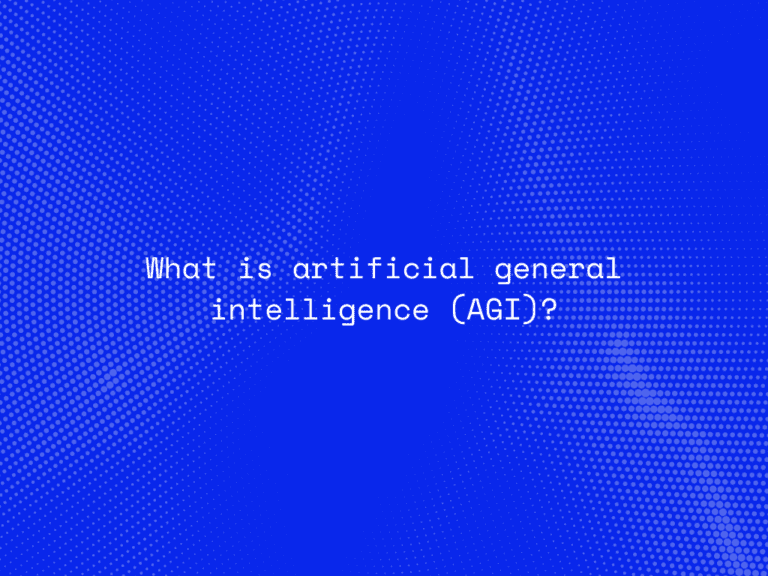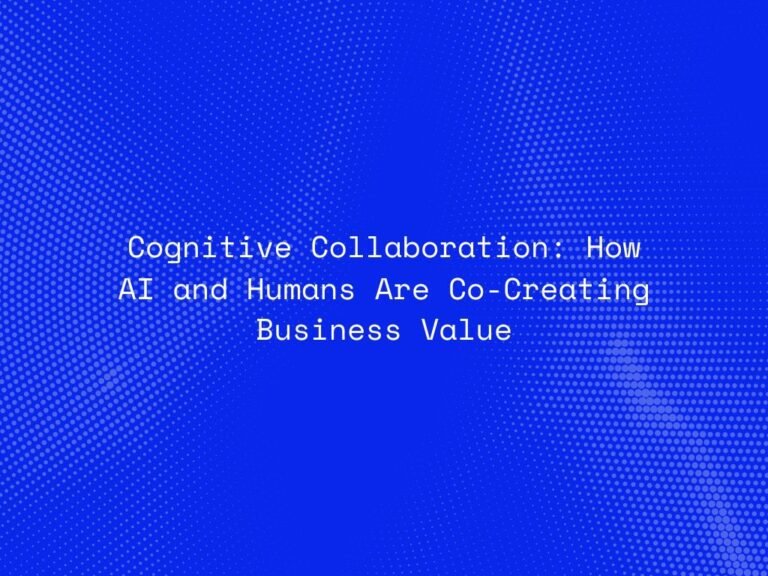As artificial intelligence (AI) systems become more powerful and data-driven, concerns around data privacy and ownership have never been more pressing. Organizations want smarter models, but users demand privacy. This is where federated learning emerges as a game-changing solution—offering the best of both worlds by enabling collaborative AI training without centralizing data.
Originally developed by Google in 2017, federated learning has evolved into a key privacy-preserving machine learning approach. It allows models to learn from data distributed across multiple devices or servers, without the data ever leaving its original location. This paradigm shift is shaping the future of AI in industries like healthcare, finance, and edge computing.
What Is Federated Learning?
Federated learning (FL) is a distributed machine learning technique that trains an AI model across multiple decentralized devices or servers holding local data samples, without exchanging the data itself.
In a typical workflow:
-
A global model is initialized and sent to local devices or data silos.
-
Each device trains the model on its local dataset.
-
Instead of sharing the raw data, devices send updated model parameters (like gradients) to a central server.
-
The server aggregates these updates to improve the global model.
-
This process is repeated until the model converges.
This architecture ensures data stays local, addressing regulatory and ethical concerns surrounding data privacy.
Why Federated Learning Matters
1. Privacy Preservation
The most significant benefit of FL is that raw data never leaves the device or organization. This is crucial for sensitive sectors like:
-
Healthcare: Hospitals can train a shared model on patient data without exposing private medical records.
-
Banking: Financial institutions can improve fraud detection using shared intelligence without violating customer confidentiality.
-
Mobile Applications: Smartphones can learn from user behavior to improve AI features like auto-correct or recommendations without uploading private usage data.
2. Compliance with Regulations
Federated learning supports compliance with strict data protection laws such as:
-
GDPR (General Data Protection Regulation) in Europe
-
HIPAA (Health Insurance Portability and Accountability Act) in the U.S.
Because data remains on-device or in-house, organizations reduce legal risk and improve data governance.
3. Bandwidth and Efficiency
Since only model updates are transferred, not entire datasets, federated learning minimizes data movement. This results in:
-
Lower network bandwidth usage
-
Faster training cycles on edge devices
-
Energy efficiency, especially important for battery-powered devices
Use Cases of Federated Learning
1. Healthcare and Medical Research
Hospitals can collaborate on training models for disease diagnosis or drug discovery without exchanging sensitive patient data. For instance, multiple cancer research centers can co-train models to detect tumors from medical images without violating data-sharing laws.
2. Mobile and Edge Devices
Google uses FL in Android devices to improve keyboard suggestions and speech recognition while keeping user data private. Apple employs similar methods for Siri and Face ID.
3. Finance and Cybersecurity
Banks can jointly develop anti-money laundering (AML) or fraud detection models using internal transaction data that stays within their firewalls. Federated learning enables a collaborative defense without data exposure.
4. Industrial IoT and Smart Manufacturing
Federated learning enables edge devices in smart factories to learn from local sensor data. Models trained this way can optimize production or predict machine failures, all while keeping proprietary data secure.

Challenges in Federated Learning
While federated learning offers powerful advantages, it’s not without challenges:
-
Data Heterogeneity: Data across devices may not follow the same distribution, which can affect model performance.
-
Communication Overhead: Even though FL reduces data transfer, transmitting frequent updates to and from devices can still be resource-intensive.
-
Model Security: Federated learning is susceptible to poisoning attacks, where malicious devices send manipulated updates.
-
Client Availability: Devices must be online and ready to participate, which can be unpredictable in real-world environments.
To address these, advanced techniques like differential privacy, secure multi-party computation, and homomorphic encryption are being integrated into federated frameworks.
The Future of Federated Learning
As edge computing, 5G, and privacy-first AI development accelerate, federated learning is poised to become a default architecture for secure AI deployment. Key future developments include:
-
Federated analytics for large-scale statistical analysis without data aggregation.
-
Personalized federated learning, where global models adapt better to individual users or devices.
-
Cross-silo collaboration between institutions across geographic and regulatory boundaries.
-
Standardized frameworks, such as TensorFlow Federated or PySyft, which simplify implementation.
Organizations investing in privacy-preserving AI will likely use federated learning as a cornerstone technology in their architecture.
Conclusion
Federated learning represents a major leap forward in aligning the goals of AI development with privacy protection. It empowers organizations to build powerful models using decentralized data, ensuring compliance, trust, and ethical responsibility.
By allowing AI to learn collaboratively without compromising the integrity or ownership of data, federated learning is setting the stage for a more inclusive and secure AI future—where innovation doesn’t come at the cost of privacy.




